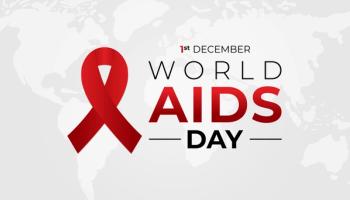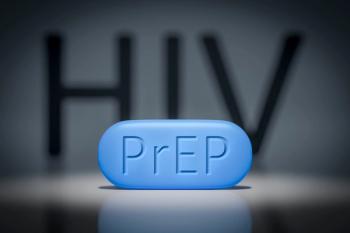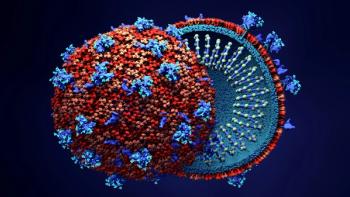
Top 3 HIV Treatment Findings from European AIDS Conference
Among the top studies presented at the 18th European AIDS Conference in London is the news that Gilead’s blockbuster HIV drug Biktarvy maintained virologic suppression after one year of treatment.
Among the top studies presented at the 18th European AIDS Conference (EACS 2021), October 27-30 in London, is the news that Gilead’s blockbuster HIV drug Biktarvy maintained virologic suppression after one year of treatment.
Here are the top three HIV treatment result studies presented at the conference:
1.) Ninety-seven percent of treatment-naïve adults and 96% of treatment-experienced adults achieved and maintained virologic suppression after one year of treatment with Gilead’s Biktarvy (bictegravir 50 mg/emtricitabine 200 mg/tenofovir alafenamide 25 mg tablets, B/F/TAF), the pharma maker said in a
In addition, Biktarvy was generally well-tolerated and no resistance to the components of Biktarvy emerged.
2.) Merck reported that islatravir combined with doravirine, its antiretroviral treatment for HIV-1, continued to maintain viral suppression through 144 weeks in Phase 2b trials.
“We are encouraged by the Week 144 findings presented at EACS, which further support the potential of a two-drug doravirine/islatravir regimen for the treatment of HIV-1,” said Dr. Joan Butterton, vice president of Global Clinical Development, Infectious diseases at Merck Research Laboratories, in a
The pharma maker also
3.) Implementation of the long-acting ViiV Healthcare’s Vocabria (cabotegravir injection) and Janssen’s Rekambys (rilpivirine long-acting injectable suspension) HIV regimen is “realistic and achievable in a variety of European healthcare settings,” Viiv said in a
The study, initiated and conducted during the COVID-19 pandemic, evaluated perspectives of healthcare teams and people living with HIV.
The majority of healthcare teams across Europe agreed or completely agreed that long-acting cabotegravir and rilpivirine was acceptable, appropriate and feasible to implement, ViiV said. People living with HIV on the trial were also receptive to the regimen, with 97% feeling it was acceptable to come to clinic for an injection visit every two months.
“Despite some initial concerns around implementing long-acting cabotegravir and rilpivirine, the CARISEL study interim findings showed that healthcare teams and people living with HIV continued to feel positive about the regimen as the study progressed,” said Dr. Laurence Slama, CARISEL investigator with Hôtel Dieu Hospital, Paris.
Newsletter
Get the latest industry news, event updates, and more from Managed healthcare Executive.






















































